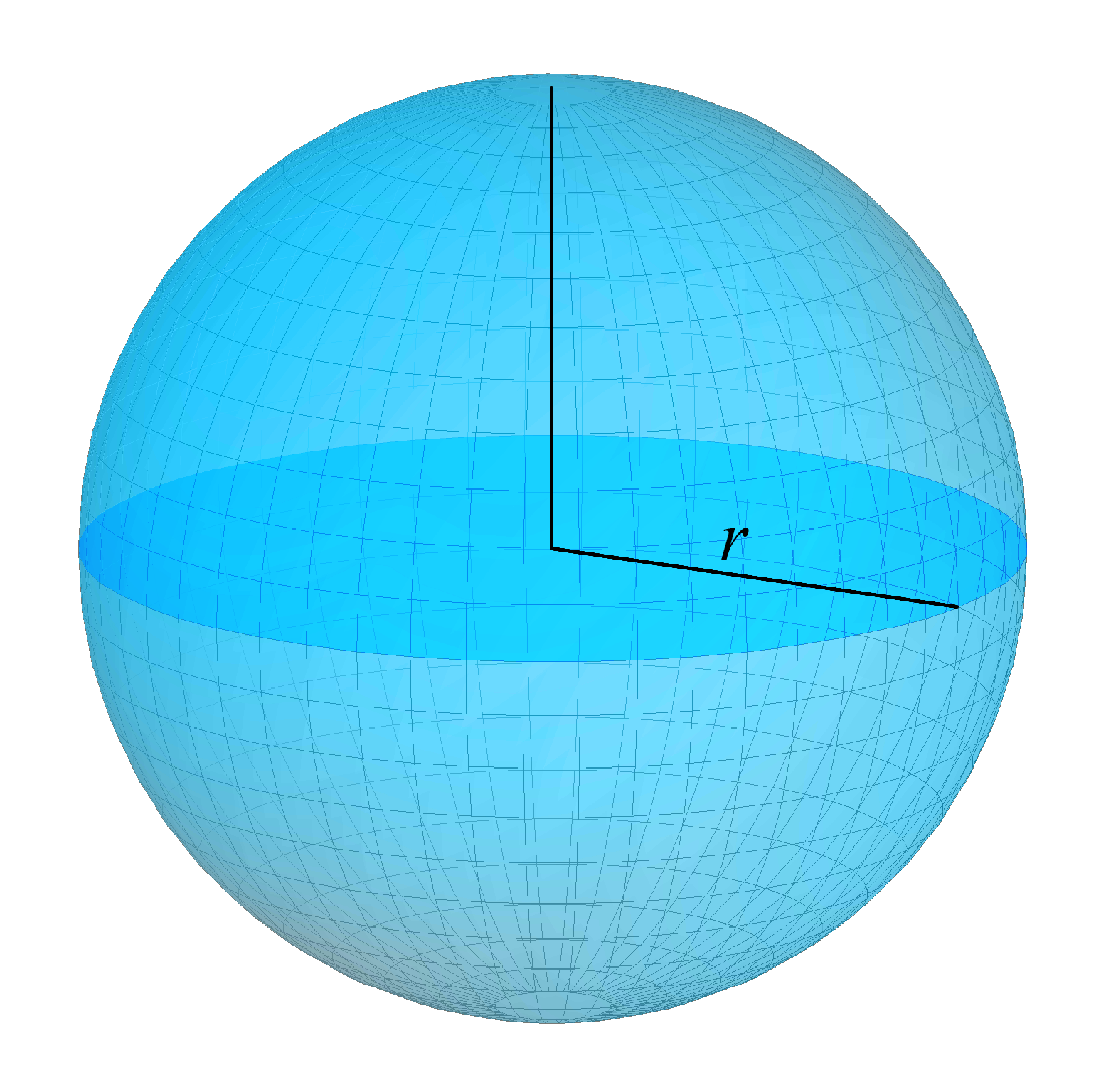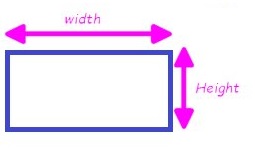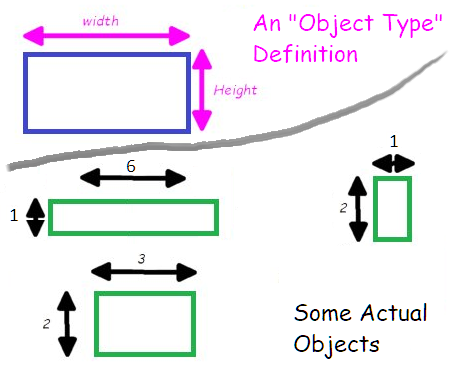Here we have a simple collection of persons.
Each "person" is one object. So we have nine objects.
Each "person" is one object. So we have nine objects.
| 😊 Yang | 😇 Sally | 😔 Kofi |
| 🙂 Jiao | 🤭 Yawo | 😀 Bob |
| 😁 Mary | 😃 Khawla | 🤫 Zada |
Here we have a collection of balls.
Each "ball" is one object.
Each "ball" is one object.

Here we have a collection of rectangles.
Each "rectangle" is one object.
Each "rectangle" is one object.


